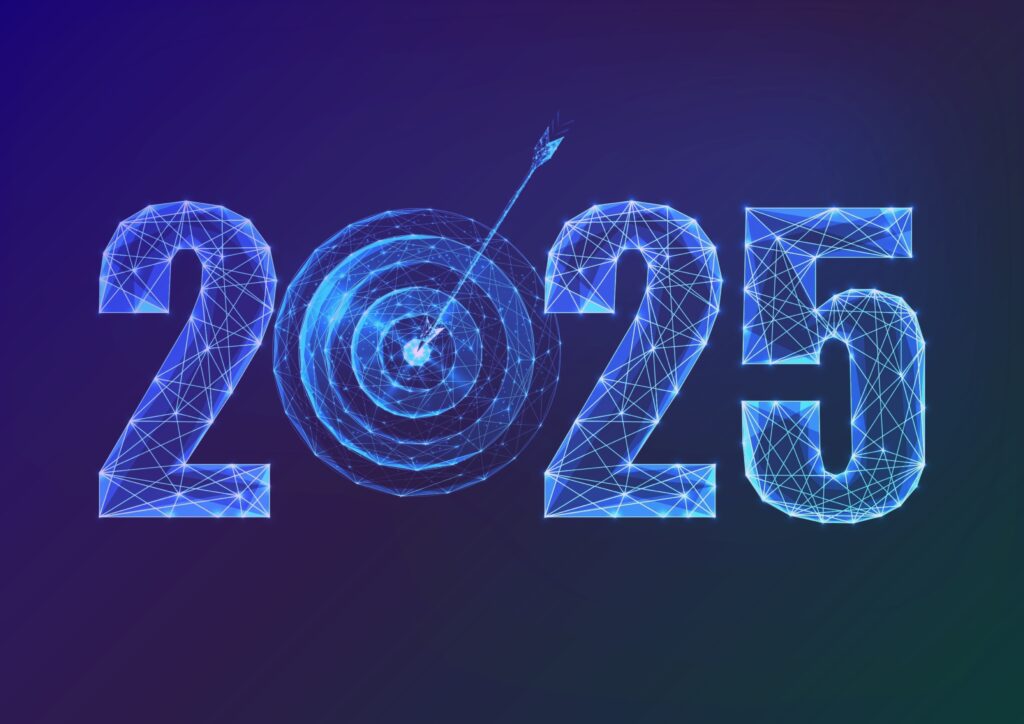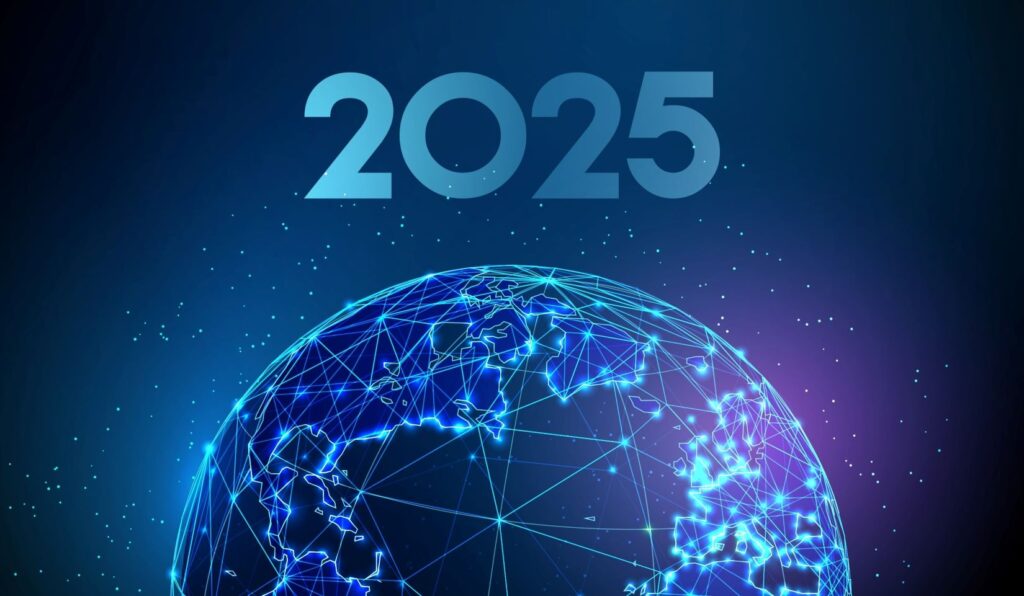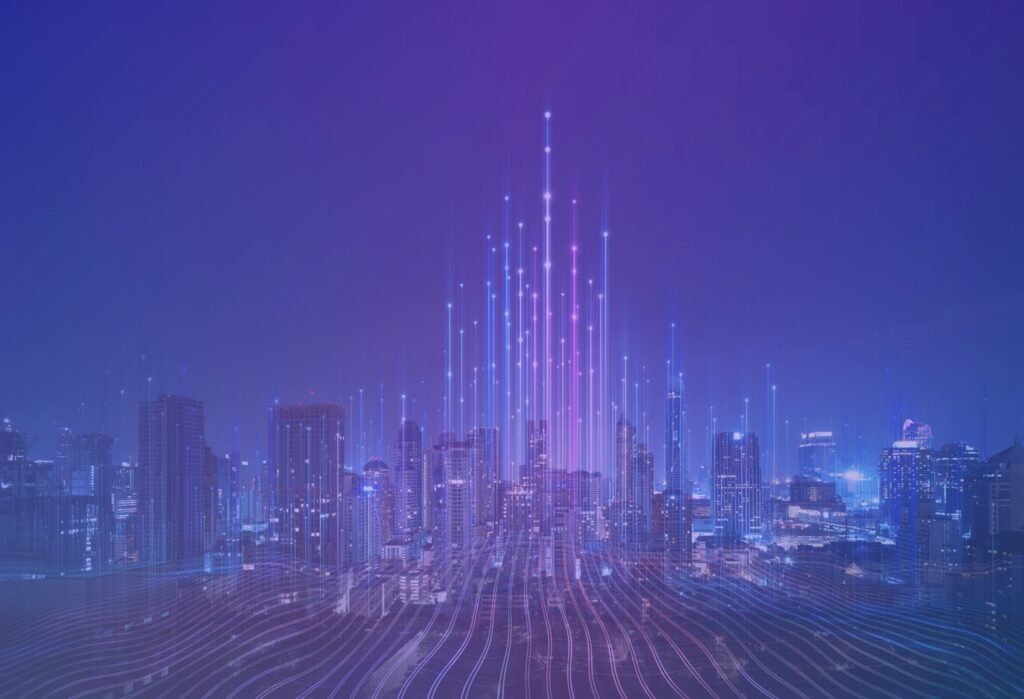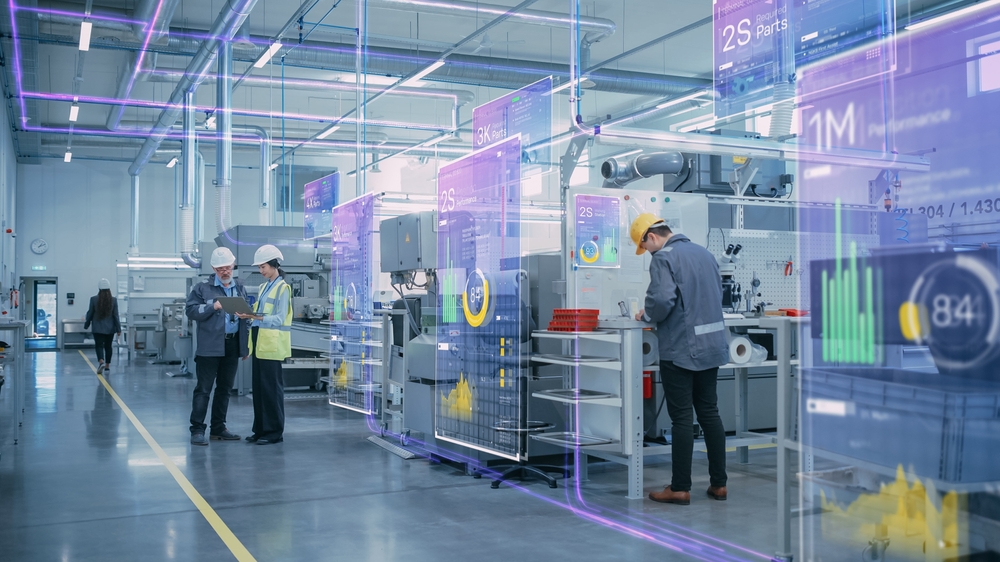Monitoring IT equipment is standard practice in our digital age. But today, we’re delving into a relatively less explored area: monitoring non-IT equipment – particularly operational technology (OT) and Internet of Things (IoT) devices.
Why Monitor Non-IT Equipment?
Our operational world is becoming increasingly connected, driving a necessity for visibility into how OT and IoT equipment, which may be scattered far from our Network Operations Centres (NOCs), are functioning. While these aren’t your standard IT equipment, they remain equally, if not more, susceptible to security.
Organizations must prioritize network connectivity and security to effectively manage these challenges and protect their operational infrastructure.
The Prerequisites: Network Connectivity and Security
Ensuring robust network connectivity and security for all locations housing IoT or OT equipment is essential. This involves monitoring network access comprehensively, regardless of whether organizations rely on MPLS or SD-WAN technologies. Additionally, sourcing monitoring connectors for hardened devices in harsh environments is crucial to maintain operational integrity.
The Need for Agentless Monitoring
Agent-based monitoring might be the norm for server or application performance monitoring, but most OT devices don’t support host agents. Thus, you’ll need an agentless monitoring solution capable of remotely extracting information from devices. These solutions work across diverse environments using standard protocols and don’t necessitate specific agent support for each device type.
Modern agentless monitoring solutions come equipped with a plethora of connectors designed to address the diverse technologies encountered in OT environments.
How to monitor non-IT equipment?
Beyond network connectivity, organizations must monitor various layers:
- Industrial Control Systems (ICS): To ensure operational availability
- Controllers and Human-Machine Interfaces (HMIs): For the proper functioning and responsiveness of OT systems
- Sensors and Actuators: Malfunctions here impact operational performance and safety
- Sensor data: Monitoring environmental data like temperature or humidity
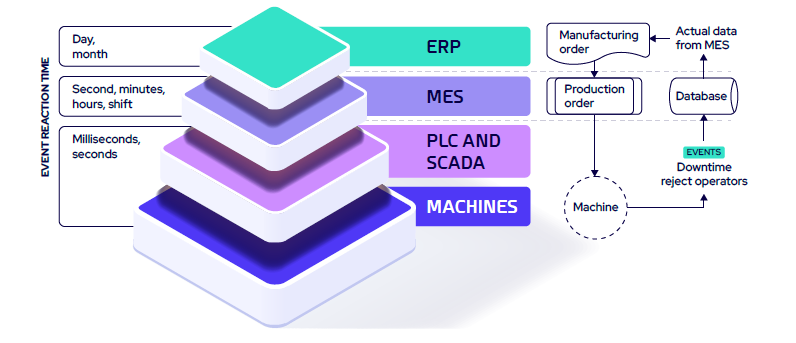
Various specialized protocols facilitate communication between devices and systems in the OT space:
- MQTT: Preferred in IIoT applications for its efficiency and scalability
- Modbus: Noted for its simplicity and reliability
- OPC-UA: Extensively used in various industries
- DNP3: Frequently used in the utility and energy sectors
- PROFIBUS: An older protocol, it follows a master-slave architecture
Monitoring Remote Locations
Integrating IoT and OT into operational environments often involves managing distributed or geographically dispersed assets. Remote servers or pollers play a crucial role in collecting monitoring data locally and transmitting it to a central platform. These pollers enable remote monitoring capabilities, buffer data during network outages, and ensure scalability to accommodate additional devices without impacting performance.
Moreover, security is a top priority when remotely monitoring OT devices to protect sensitive data and prevent unauthorized access. Implementing proper authentication, authorization, and encryption mechanisms is essential, along with segmenting OT networks from IT networks and deploying firewalls and ACLs to contain potential security incidents.
Conclusion
Cloud-to-edge visibility is a necessity in a digitally driven organization. It offers real-time alerts and notifications that prompt teams to act before problems impact uptime. Moreover, monitoring OT environments forms an integral part of a comprehensive cybersecurity strategy.
The task might seem daunting, but remember, if a device has an IP address, there’s a way to monitor it. From standard servers to simple devices, with the right solutions and a security-first mindset, you can confidently extend monitoring beyond IT.
To go further
- Discover the 4 other essential components for proficiently monitoring non-IT equipment. Ready to deepen your understanding? Get your free IT/OT Convergence Survival Guide today!
- Interactive demo: monitor OT with Centreon, explore a real-life IT & OT convergence case. Access the OT demo now!
- Meet the challenges of IT and OT convergence to connect the physical and digital worlds. Check out our ebook “Bridging the physical and digital worlds”, where we help IT Operations teams navigate convergence challenges and share expert tips for achieving smooth visibility and efficiency! Download our ebook.
- Have a look at our blog Monitoring OT with Centreon and Raspberry Pi
- Learn more about Centreon editions: The Centreon platform is available in several editions. Choose the one that best suits your needs. Compare Centreon editions. Centreon Monitoring is available as a SaaS version. Discover Centreon Cloud.
- Contact us for a Centreon demo.
- To keep up to date with Centreon news and event, sign up for our newsletter.
- Visit our resource center: ebooks, guides, reports, success stories, tutorials, and more to help you in your IT monitoring 🙂







